The End of Leaded Gasoline, Lessons to Remember

Prior to 1970, buying leaded gasoline in the United States was as normal as picking up a carton of eggs or relaxing in your asbestos-laden home. After 1970, the U.S. Congress had officially adopted the Clean Air Act created the Environmental Protection Agency (EPA), and the gradual phasing out of leaded fuel began. While many bemoaned the lackluster performance of the malaise-era automobiles that followed, the rules continued to inform how vehicle manufacturers operated on a global scale.
But leaded gasoline hung in there for longer than you might assume. Most Western nations (including the United States) didn’t totally phase out leaded gasoline intended for passenger vehicles until the 1990s. Central Asia took even longer and parts of the Middle East and Africa continued to offer lead additives well into the 2000s. However, the United Nations Environment Program announced that leaded gasoline had officially become extinct over the summer, with Algeria being the final country to deplete its now-banned supply.
In 2002, the United Nations organized a coalition of African governments and oil companies to stop using the fuel citing that modern engines don’t benefit from it in the same manner as older vehicles had. Leaded gas is pretty much a death sentence for a catalytic converter. But the primary push came by way of addressing the health risks associated with burning leaded fuel. The U.N. was forced to play a long game but appears to have been successful in its objective. With the possible exception of North Korea, it’s now assumed that leaded gasoline has been more or less abolished around the world.
At this point in the article, you’re probably wondering why you should care that some North African country with a shoddy human-rights record finally banned the least popular fuel blend.
Well, the history of leaded gasoline does offer us a potential timeline for the next regulatory bonanza. It took the world roughly 50 years to finally nullify lead in fuel, even after there was little practical reason to keep it around. But even then, there remain exceptions in agricultural equipment, racing vehicles, marine engines, and some aircraft. The next big shift will be electrification, which is encouraging similar governmental bans and will require substantially more work to accomplish.
While the automotive sector seems happy swapping over to electric vehicles — as they require less manpower to build and allow the industry to mimic the behavior of cell-phone providers — there are major logistical issues that need to be addressed. Energy grids will need to be fortified to handle peak draw in the afternoons without incurring additional pollution if the environmental claims being made by EV advocates are to be taken seriously. We’re going to need to figure out ways of mining materials necessary for battery production without incurring more pollution or allowing certain nations (specifically China) to monopolize the market. Robust charging infrastructures need to be established and the relevant technologies need to be improved so EVs can be truly comparable to combustion vehicles.
Developed countries are already working on the above as governing bodies attempt to predict which year they can officially ban internal combustion vehicles. But if the history of leaded gasoline has taught us anything, it’s that the global timeline could be a lot longer than anyone realizes. Despite the brunt of the planet’s population possessing reliable access to electricity, there are some noteworthy exceptions in the developing world.
Only about 45 percent of Hattians have access to electricity. Meanwhile, African countries like Chad, Niger, the Congo, Liberia, Somalia, and Rwanda can only dream of such widespread electrification. The good news is that all of those nations’ power availability are trending upwards. But there’s no assurance that will always be the case. War-torn Libya has seen its access to electricity plummet over the last two decades and analysts are worried the same could soon be true in Afghanistan unless China’s Belt and Road Initiative comes to the region.
The above isn’t a plea to abandon electrification programs, just a statement of fact that governments and industry leaders often seem to ignore. Recent strides in battery technology really do make it seem as though EVs will become the future of transportation whether or not it’s to your tastes. However, the quoted timelines often seem short-sighted and completely ignore places like Africa where the vast majority of vehicles are secondhand and need to be able to run on gasoline or diesel to effectively traverse the countryside.
But spurring electrification that isn’t even the most immediate automotive issue for the region. Having effectively ended the use of leaded fuel in Africa, the U.N. would now like to see it start working on lessening the amount of sulfur present in the continent’s diesel fuels. Considering how long it took for leaded gasoline to be removed from the picture (blame the pollical climate, technological gaps, tough financial situations), this could likewise take decades and genuinely leaves us wondering if it’s even possible to see EVs become Africa’s dominant mode of transportation in our lifetime.
[Image: Abd Pini Bidin/Shutterstock]

A staunch consumer advocate tracking industry trends and regulation. Before joining TTAC, Matt spent a decade working for marketing and research firms based in NYC. Clients included several of the world’s largest automakers, global tire brands, and aftermarket part suppliers. Dissatisfied with the corporate world and resentful of having to wear suits everyday, he pivoted to writing about cars. Since then, that man has become an ardent supporter of the right-to-repair movement, been interviewed on the auto industry by national radio broadcasts, driven more rental cars than anyone ever should, participated in amateur rallying events, and received the requisite minimum training as sanctioned by the SCCA. Handy with a wrench, Matt grew up surrounded by Detroit auto workers and managed to get a pizza delivery job before he was legally eligible. He later found himself driving box trucks through Manhattan, guaranteeing future sympathy for actual truckers. He continues to conduct research pertaining to the automotive sector as an independent contractor and has since moved back to his native Michigan, closer to where the cars are born. A contrarian, Matt claims to prefer understeer — stating that front and all-wheel drive vehicles cater best to his driving style.
More by Matt Posky
Latest Car Reviews
Read moreLatest Product Reviews
Read moreRecent Comments
- SCE to AUX This was the same car I had (05 xB, stick, "camouflage" color) for 7 years - great car.We called ours "The Lunchbox". I added aftermarket wheels, and the 3rd-party cruise control the dealers could install.It suffered only two failures: bad window switch in week 2 (dealer fixed in 1 hour), bad trailing O2 sensor (fixed myself for $70). Fuel economy was always 28-34 mpg.It was a potential death trap, and ride quality became unbearable after 2 hours. I once did a 10-hour round trip in it and could barely walk after.Traded it for a 2012 Leaf, which was a better car in some ways.
- Bd2 The "e" nomenclature signifies the e-ATPs which BMW is pursuing.
- Dave M. I'm sorry to see any storied name go away. The lifespan of the Malibu has fit perfectly in my lifetime years-wise. Some of the highlights include the first and second generations, the '78 revamp (very clean design), and the 2005 generation. Ford, GM and Mopar gave this segment away by allowing Toyota and Honda a foot in the door and then always having to play catch-up. How hard is it to make a truly competitive sedan at a profit? Obviously, Japan Inc. figured it out.I've driven a few rentals these past years; the Malibu got the job done but honestly the Passat and Altima were my rental preferences.
- Kcflyer actually yes. It's a shame that a product this uncompetitive can still outsell GM's entire EV offerings. Those products have had billions thrown at them. Imagine how nice the new Malibu, Impala, SS, and Lacrosse would be with that kind of commitment.
- 3SpeedAutomatic Nope....


















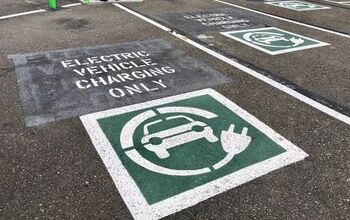


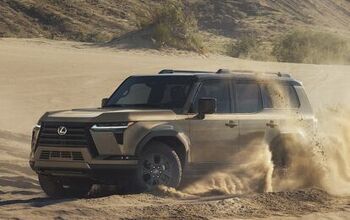
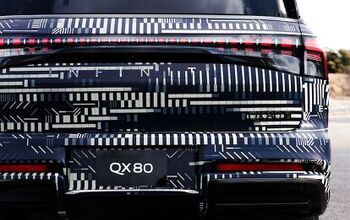
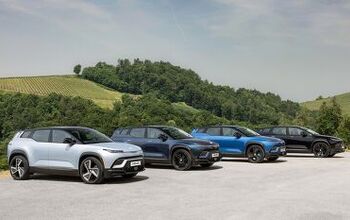
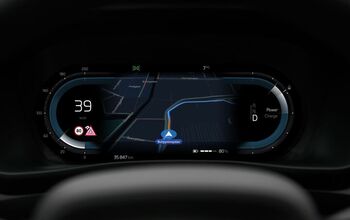
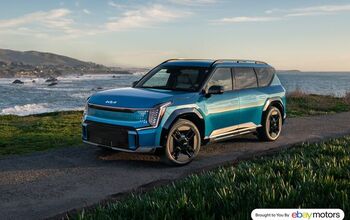



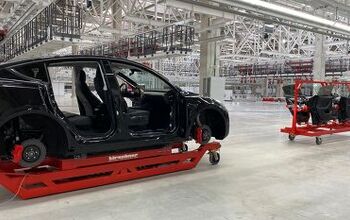
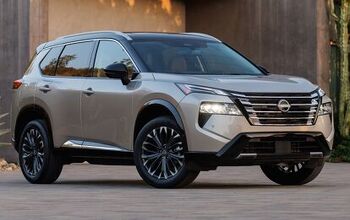

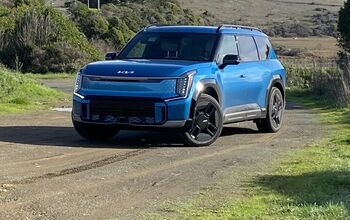

Comments
Join the conversation
There is not a shortage of oil but there will be a shortage of refined products like gasoline and diesel as more and more countries mandate the adoption of non-fossil fuel in vehicles and electrical generation. Additionally there has not been a major oil refinery built in the USA since the mid 70s and more and more refineries have been taken off line. It will take years before EVs replace ICE but eventually it will happen.
"Libya has seen its access to electricity plummet over the last two decades" hmmm. Libya was the richest African country with the highest standard of living before US/France destroying it. "why you should care that some North African country [Algeria]" -Because they ship great dates to US. I buy it at Home Goods. -Because their national soccer team is a kick-a$$ -Because when enough of them live in France, they will just unite the two places